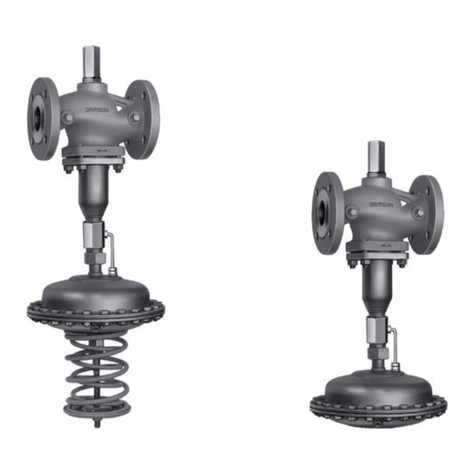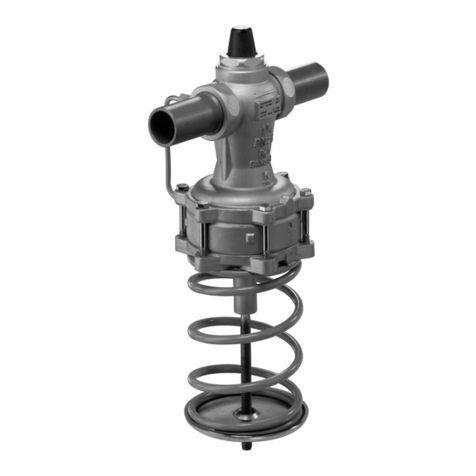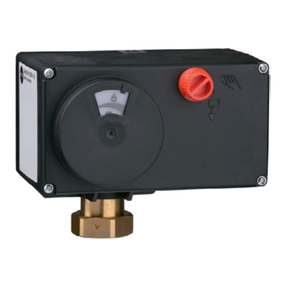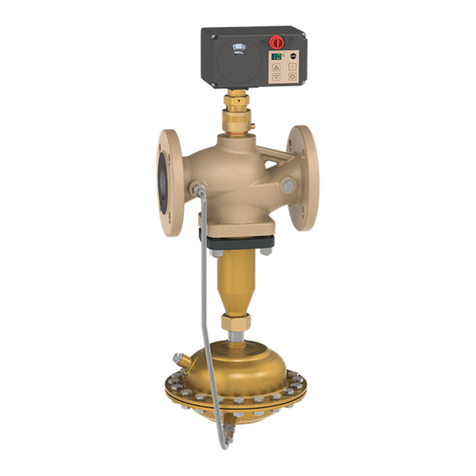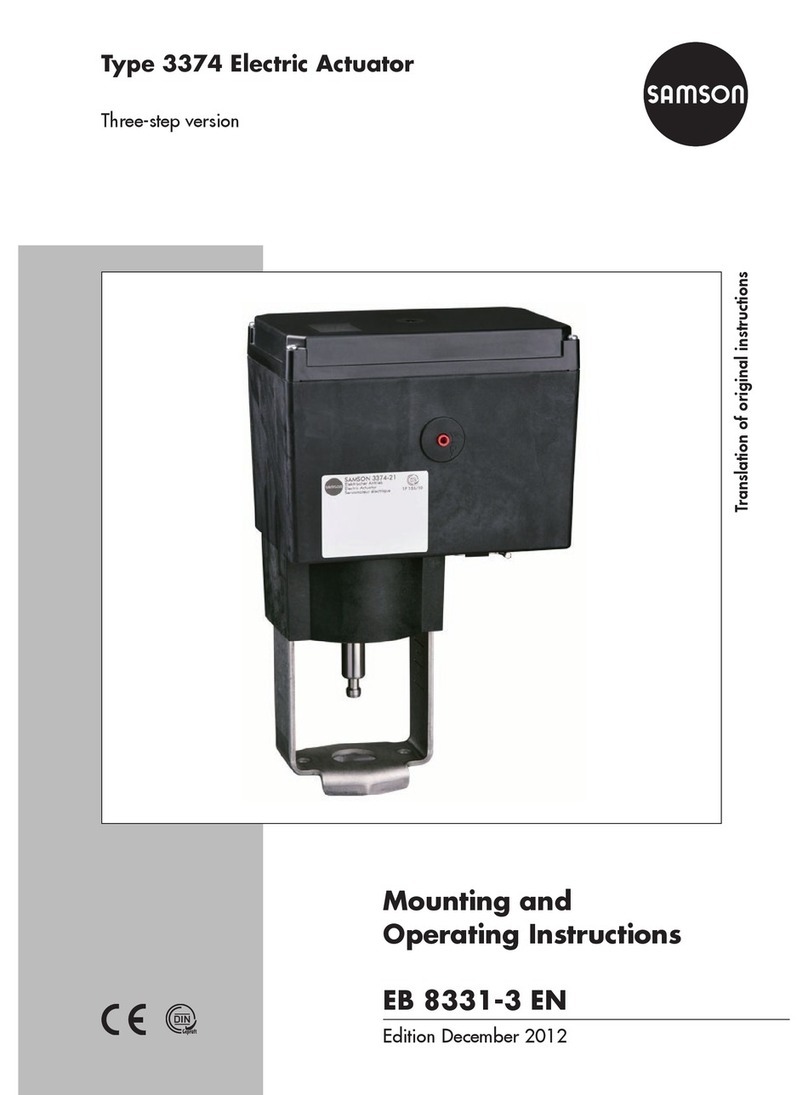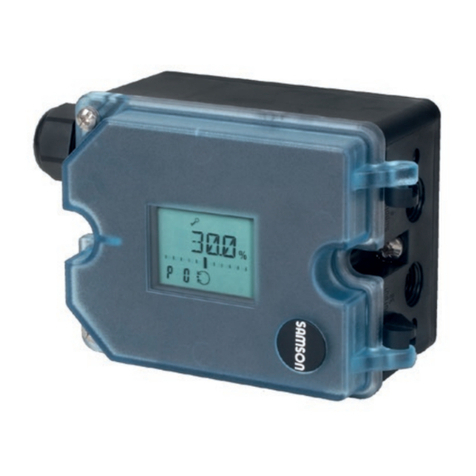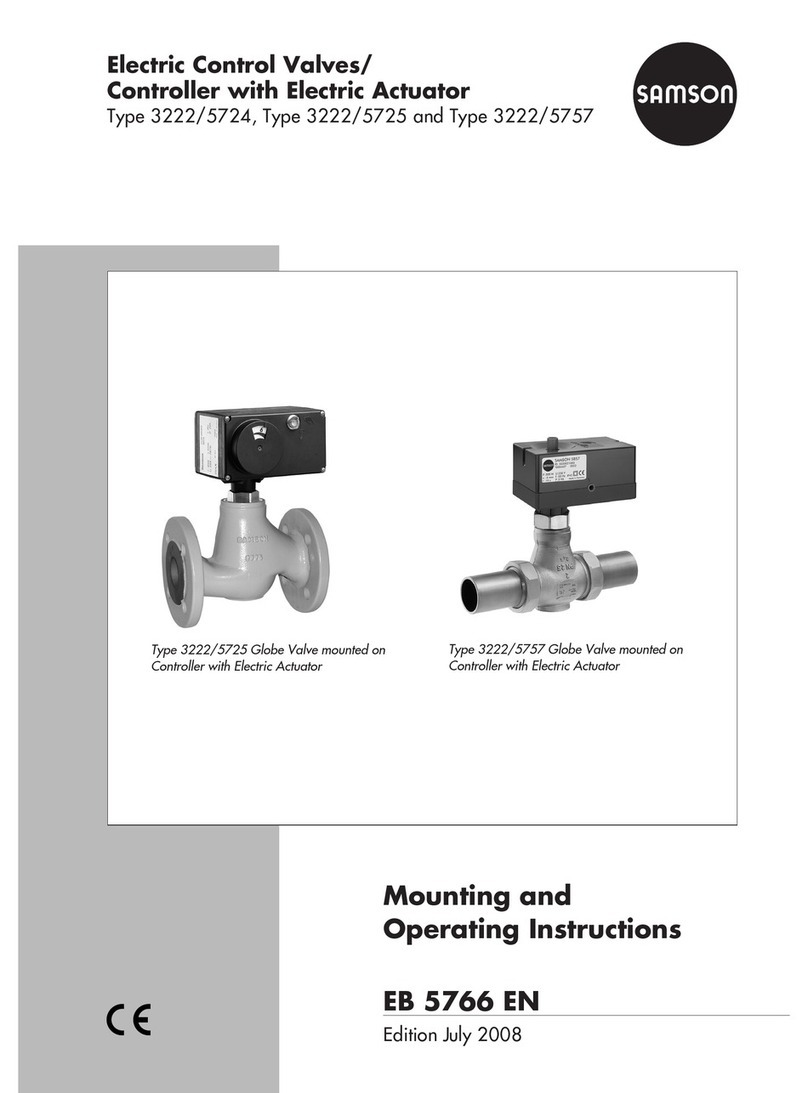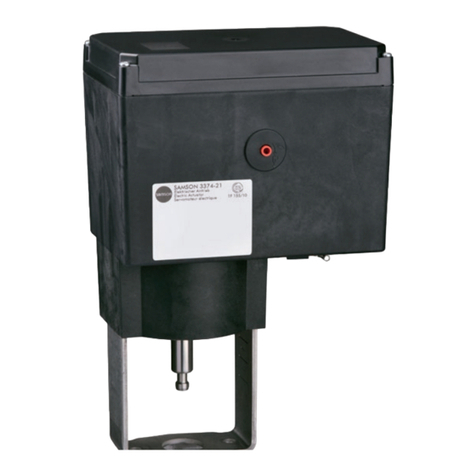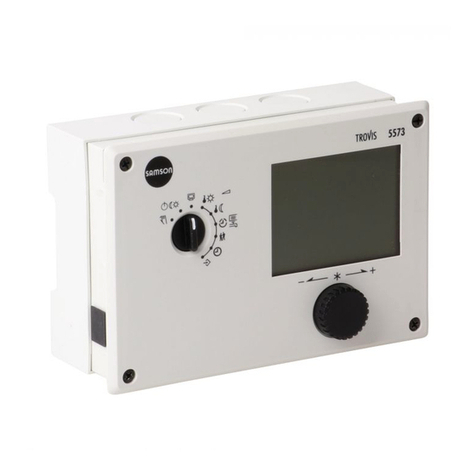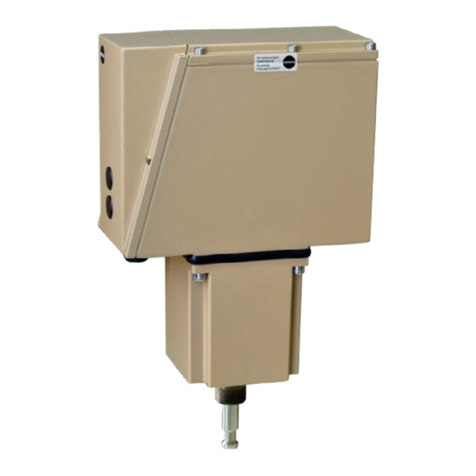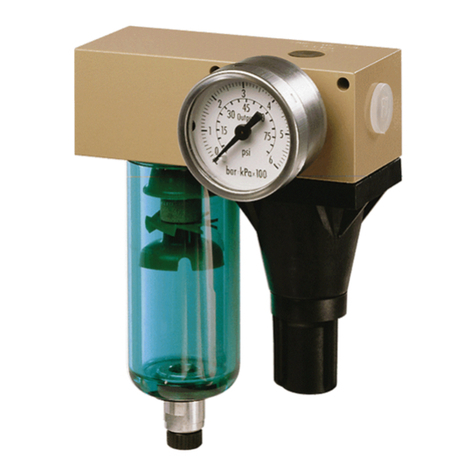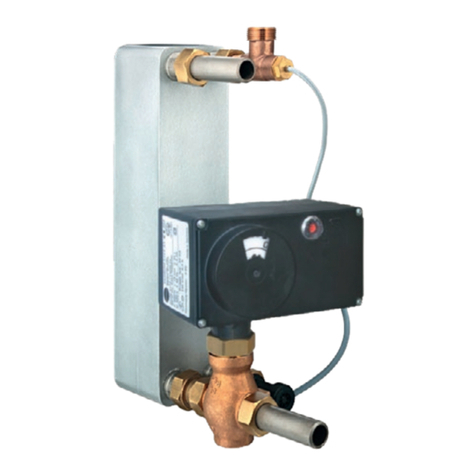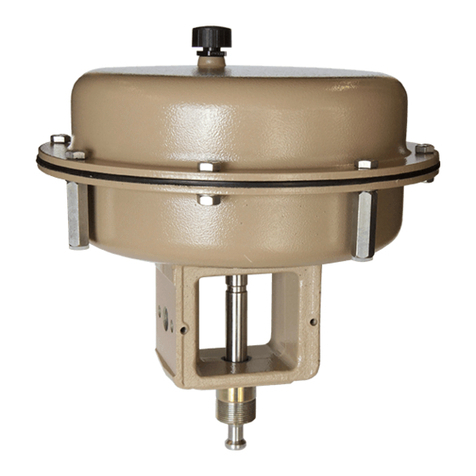
Contents
EB 8310-7 EN 3
1 Safety instructions and measures ...................................................................5
1.1 Notes on possible severe personal injury .........................................................7
1.2 Notes on possible personal injury ...................................................................8
1.3 Notes on possible property damage ................................................................9
2 Markings on the device ...............................................................................10
2.1 Actuator nameplate ......................................................................................10
3 Design and principle of operation ................................................................12
3.1 Direction of action ........................................................................................12
3.2 Signal pressure routing .................................................................................12
3.3 Fail-safe action ............................................................................................14
3.3.1 Version with direction of action "actuator stem extends" (FA) ...........................14
3.3.2 Version with direction of action "actuator stem retracts" (FE) ............................14
3.4 Versions ......................................................................................................14
3.5 Technical data .............................................................................................14
4 Measures for preparation............................................................................18
4.1 Unpacking ..................................................................................................18
4.2 Transporting and lifting ................................................................................18
4.2.1 Transporting ................................................................................................19
4.2.2 Lifting ..........................................................................................................19
4.3 Storage .......................................................................................................22
4.4 Preparation for installation ............................................................................23
5 Mounting and start-up.................................................................................24
5.1 Mounting the actuator onto the valve .............................................................24
5.2 Preloading the springs ..................................................................................26
5.2.1 Tensioning the springs ..................................................................................26
5.2.2 Increasing the actuator thrust ........................................................................27
5.2.3 Adapting the travel range .............................................................................27
5.3 Additional ttings .........................................................................................28
6 Operation...................................................................................................29
6.1 Throttling service ..........................................................................................29
6.2 On/off service .............................................................................................29
6.3 Reversal of the direction of action ..................................................................30

